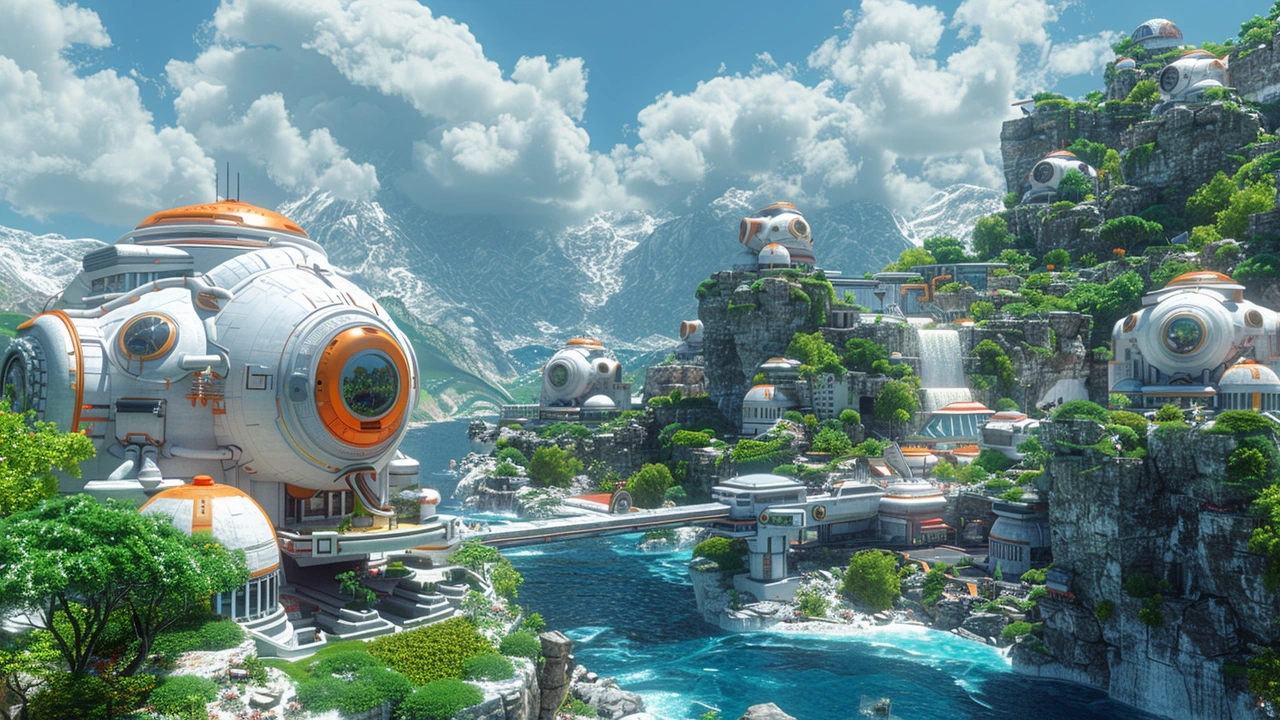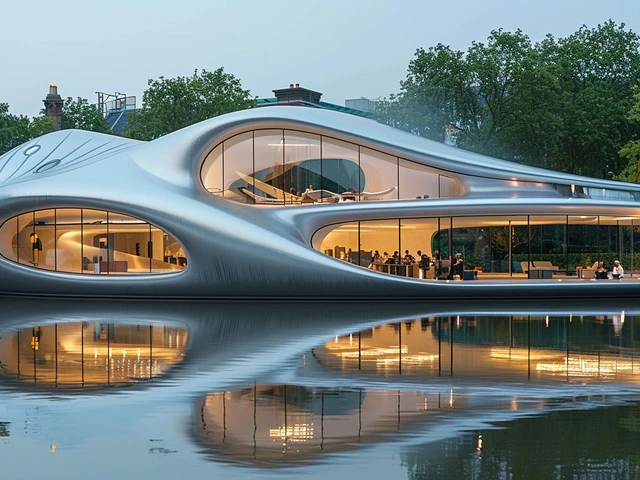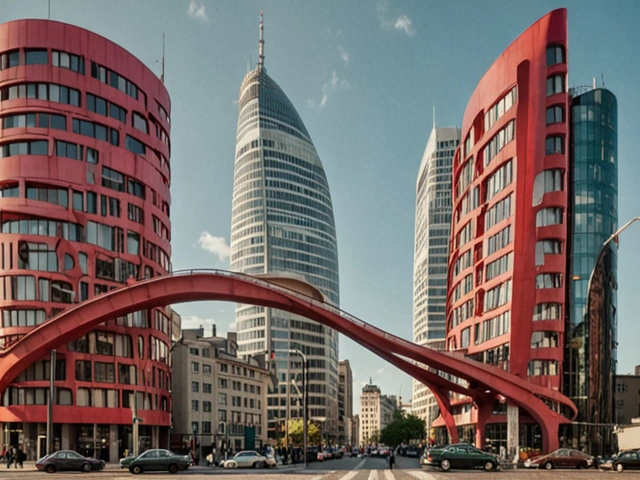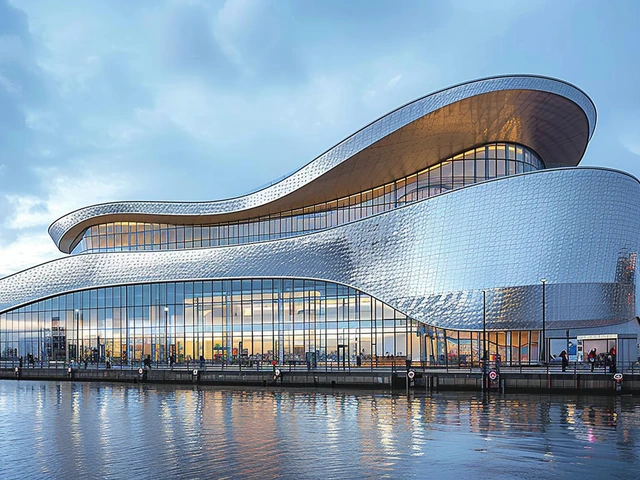The Essence of Expressionist Architecture: A Brief Overview
At its heart, Expressionist Architecture is more than just a style; it's a conversation between raw emotion and physical form. It defies the traditional boundaries, opting instead for designs that speak to the soul. This movement, which burgeoned in the early 20th century, has continually evolved, absorbing influences from technological advancements to sociocultural shifts. Today, as we stand on the brink of new frontiers, the essence of Expressionist Architecture is being redefined. It's fascinating to witness how architects are weaving sustainability, digital fabrication, and human-centric design into the very fabric of this style. It's no longer just about bold forms and striking appearances; it's about creating spaces that resonate on a deeply personal level, marrying form with function in the most expressive ways imaginable.
Technology's Role in Sculpting the Future
The advent of cutting-edge technologies like 3D printing and virtual reality (VR) is revolutionizing Expressionist Architecture. Imagine designing not just with pen and paper but in a virtual environment where every nuance of light and spatial dynamics can be explored. This isn't the realm of science fiction anymore; it's happening now. Architects are leveraging these tools to push the boundaries of what's possible, creating forms that were once inconceivable. Materials play a significant part in this transformation. The development and integration of smart materials and self-healing concrete, for example, are not only making buildings more resilient but also more adaptive to their environments. There's a palpable excitement within the architectural community about these innovations. They're not merely trends; they're the stepping stones to a future where Expressionist Architecture merges seamlessly with functionality and sustainability.
Sustainability: A Core Principle
As the world grapples with climate change and environmental degradation, sustainability has emerged as a cornerstone of modern architecture. Expressionist Architecture is no exception. The use of recycled materials, green roofs, and energy-efficient designs is becoming commonplace. However, what's truly groundbreaking is how these sustainable practices are being integrated into expressive architectural designs without compromising their aesthetic integrity. Architects are finding ingenious ways to blend form with eco-friendliness, proving that you can create visually stunning masterpieces that are also kind to our planet. This shift towards sustainability isn't just a trend; it's a necessity. And as we move forward, it will increasingly dictate the direction in which Expressionist Architecture evolves.
The Influence of Social Dynamics
The role that social dynamics play in shaping Expressionist Architecture cannot be understated. In a world where the concept of community is constantly evolving, architects are tasked with designing spaces that not only reflect individual expression but also foster collective interaction. The emergence of co-living spaces and multifunctional buildings is a testament to this shift. These designs are not only innovative but also reflective of a deeper understanding of human needs and societal changes. It's a delicate balance, creating spaces that are both personal and communal, but it's a challenge that Expressionist Architects are embracing with open arms. As we move forward, the impact of social dynamics on architectural design will only grow stronger, shaping spaces that are not just buildings but reflections of humanity itself.
Looking Ahead: Predictions for the Future
As we look to the future, several key trends and predictions stand out. First and foremost, the integration of nature into architectural designs is expected to deepen. Biophilic design, which seeks to connect occupants more closely with nature, will play a significant role in this evolution. Additionally, the use of augmented reality (AR) in the design process is poised to become more widespread, offering architects a powerful tool for envisioning complex forms and spaces. Perhaps most intriguingly, the line between art and architecture is expected to blur even further, with architects adopting approaches and techniques from the art world to create truly unique expressions. Overall, the future of Expressionist Architecture appears bright, filled with endless possibilities for innovation and creativity. It's a future that challenges us to reimagine the built environment in ways that uplift, inspire, and transform.





